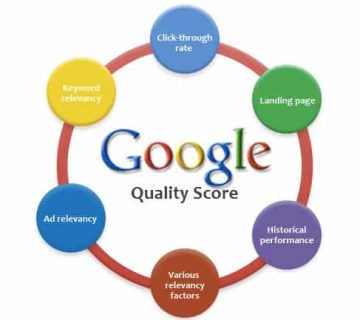5 advanced Google AdWords features to improve PPC
Google AdWords is an extremely effective marketing channel for engaging brands with customers.
The auction-based pay-per-click (PPC) model has revolutionized the advertising industry, but beneath the captivating simplicity of this input-output relationship lies an extremely sophisticated technology.
Google AdWords has undergone several changes in the last 12 months, some visual and some functional. Google’s key revenue guide has a new, intuitive look and feel that makes it easier for marketers to evaluate their performance and identify new opportunities.
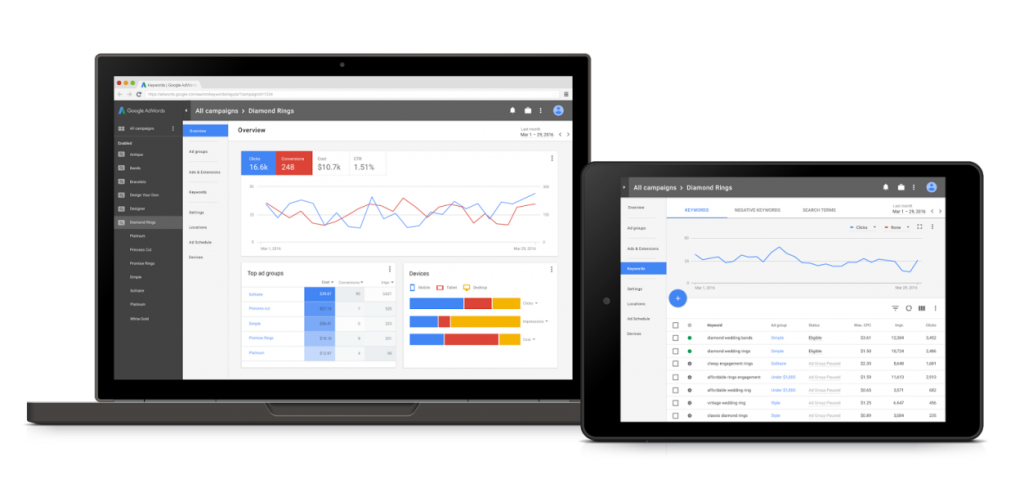
AdWords hosts an ever-evolving machine learning technology. Everything from bid adjustments to viewer behavior and even search intentions are analyzed by machine learning algorithms to improve ad targeting and performance.
All of this is changing the way we run search campaigns, largely for the better.
Meanwhile, there are broad trends that continue to converge with the search. Voice-activated digital assistants, visual search, and the continued development of e-commerce are at the heart of Google’s search engine.
At the crossroads of Google and these emerging trends, paid search will evolve and new ways of reaching the public will emerge.
Today, AdWords provides a wide range of features that can affect campaign performance. Although automation takes on more aspects of an account’s day-to-day operations, there is undoubtedly a greater need than ever for experienced search engineers how to make the most of the platform.
Below there are five advanced AdWords features that can enhance any PPC campaign
Demographic targeting
For all the AdWords virtues, Facebook couldn’t compete with the huge amount of demographic targeting options.
In the context of the ongoing shift from focusing on the keyword to a customer-based approach, demographic targeting has improved significantly.
This feature now allows advertisers to target customers based on income and parental status, along with gender and age.
Nevertheless, this is a remarkable update and provides an advanced feature that many companies will welcome.
It is still not perfect and has some drawbacks in practice, as creating audiences can be quite intense for work when combining different filters. However, demographic targeting is improving and will be a focal point for Google this year.
Click to Call
A very natural by-product of the increase in mobile searches was an explosion in the number of calls attributed to paid search.
Search is a key element of this company-consumer relationship, so businesses are keen to ensure they are created to take advantage of such increased demand.
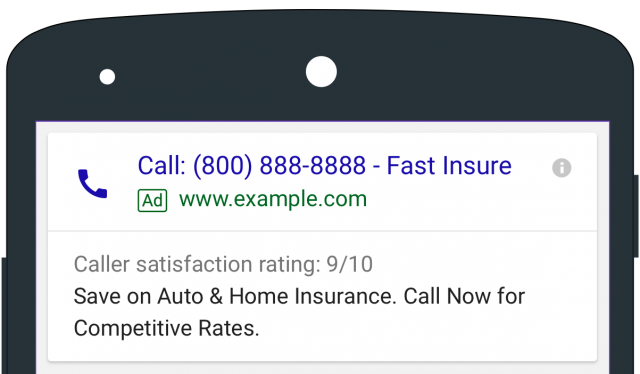
Click-to-call is an opportunity to be overlooked, as it requires little adjustment. If advertisers want to add call extensions, mention this activity, and even the timetable for displaying those extensions, you need to set it up in AdWords.
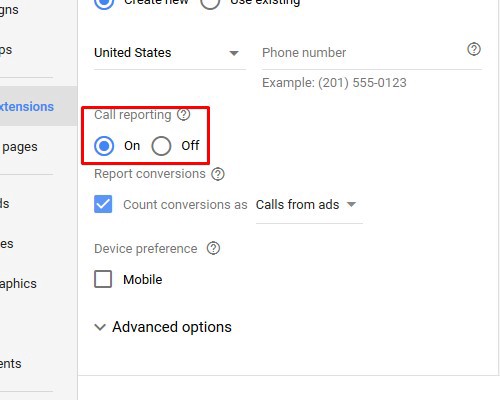
Now, it is possible to activate call extensions on an account, simplifying what was once a cumbersome business.
This is done through an automated process in some aspects, where Google will locate landing pages containing a phone number and generate call extensions using this information. However, you will need some manual input to make the most of this feature.
Optimized ad rotation
Google made some very significant changes to ad rotation settings in the second half of 2017.
In essence, ad rotation constantly checks different ad variants to find the best version for your audience and campaign KPIs.
Google’s machine learning technology is well suited for such a job, so it’s no surprise that Google wants to take much of the ad rotation process out of the hands of advertisers and turn it into a slick, automated feature.
Perhaps, this focus on the machine learning side has led advertisers to believe that the process no longer requires any suggestions from them.
A recent study by Marin Software on their very valuable customer base found that many ad groups contain less than three ad texts:
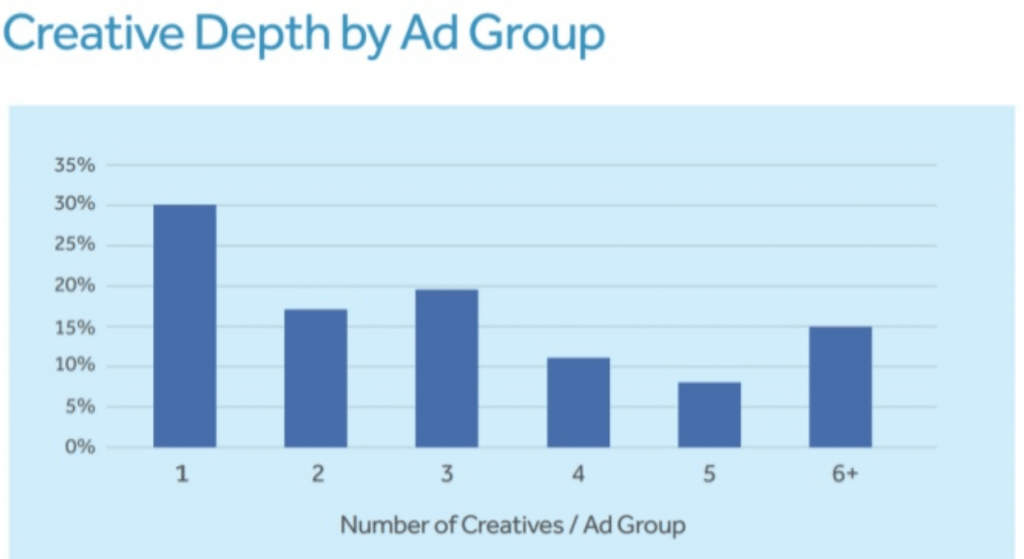
This is very important, as Google recommends providing at least three ads to each ad group. Their official attitude is: “The more of your ads our system can choose, the better the expected performance of the ad.”
Creating a series of ads provides the resources Google needs to perform statistically significant tests. No matter how sophisticated machine learning algorithms are, with only one or two ads per group, there is very little they can do to improve performance.
There is a broader lesson to be learned here, beyond making the most of this AdWords feature.
Even the most advanced technology requires the right quantity and quality of imports. While more and more of AdWords management can be automated, this does not mean we can leave the machines unchecked.
There are many best practices to follow. Optimizing your ad rotation by including at least 3 ads in each group certainly counts as one of them.
Custom groups of common interest
Google is clearly making a play for more than traditional “top-of-the-line” marketing approaches.
Launching more in-depth public interest with the Google Display Network is part of a broader strategy of engaging Facebook people, giving greater control to the target audience.
Google’s guidelines provide a clear definition of how this recently launched feature works:
“For display campaigns, you can create a custom prevention audience using keywords in the marketplace – simply by entering keywords and URLs related to products and services your target audience is looking for on sites and applications.
Market Keywords (Display Campaigns)
Enter YouTube keywords, URLs, apps, or content to reach an online audience that is actively researching a related product or service.
It is best practice to add keywords and URLs (ideally 15 in total) that fit into a common theme to help AdWords reach your ideal audience.
Avoid entering addresses that require users to log in, such as social media or email services.
Use keywords related to the products and services that this audience is looking for.
Automatically create groups of common interests
To help you find the right people, Google uses machine learning technology to analyze your existing campaigns and automatically create a group of common interests. These audiences are based on the most common keywords and URLs found in the content that users are looking for while researching a particular product or service.
For example, information from existing campaigns may indicate that people who visit a sports site have also searched for shoes for all weather conditions. AdWords can then automatically create a new “waterproof running shoes” group of common interest.
Once again, we are seeing the addition of machine learning to a key Google product.
These automated audience lists are activity-driven across all of your Google marketing channels, including YouTube and Universal App campaigns, along with Google Search and Display Network.
While this does not yet provide the level of targeting that Facebook can offer, the public interest group is dramatically improving the product and driving Google closer to a customer-focused approach.
Advanced advertisers will find that this advanced feature improves both search and remarketing performance.
Smart Quote
Smart Bidding has some intersection with other AdWords features in our list. In short, smart bidding uses machine learning to evaluate relationships between a variety of variables and improve performance through the AdWords auction.
It is able to optimize bids to ensure the best return on investment relative to the advertiser’s KPI goals. Smart bidding does this by looking at the context around bids and isolating the factors that have historically led to specific results. Based on this knowledge, it can automatically be offered the right level to hit the advertiser’s campaign goals.
These goals can be set by target (cost-per-acquisition), ROAS (ad spend), or cost-per-click (CPC).
The most recent option available for trademarks is called “maximizing conversions” and this will seek to win the visual number of conversions (whether they may be for that brand) against their budget.
As we have already seen, these algorithms require significant amounts of data, so this is a feature that is best utilized by compiling historical AdWords performance data.
Smart bidding needs constant adjustments.
However, it is an extremely powerful AdWords feature and can generate multiple account performance returns.
Google provides detailed details on smart bidding on Google’s support blog.

